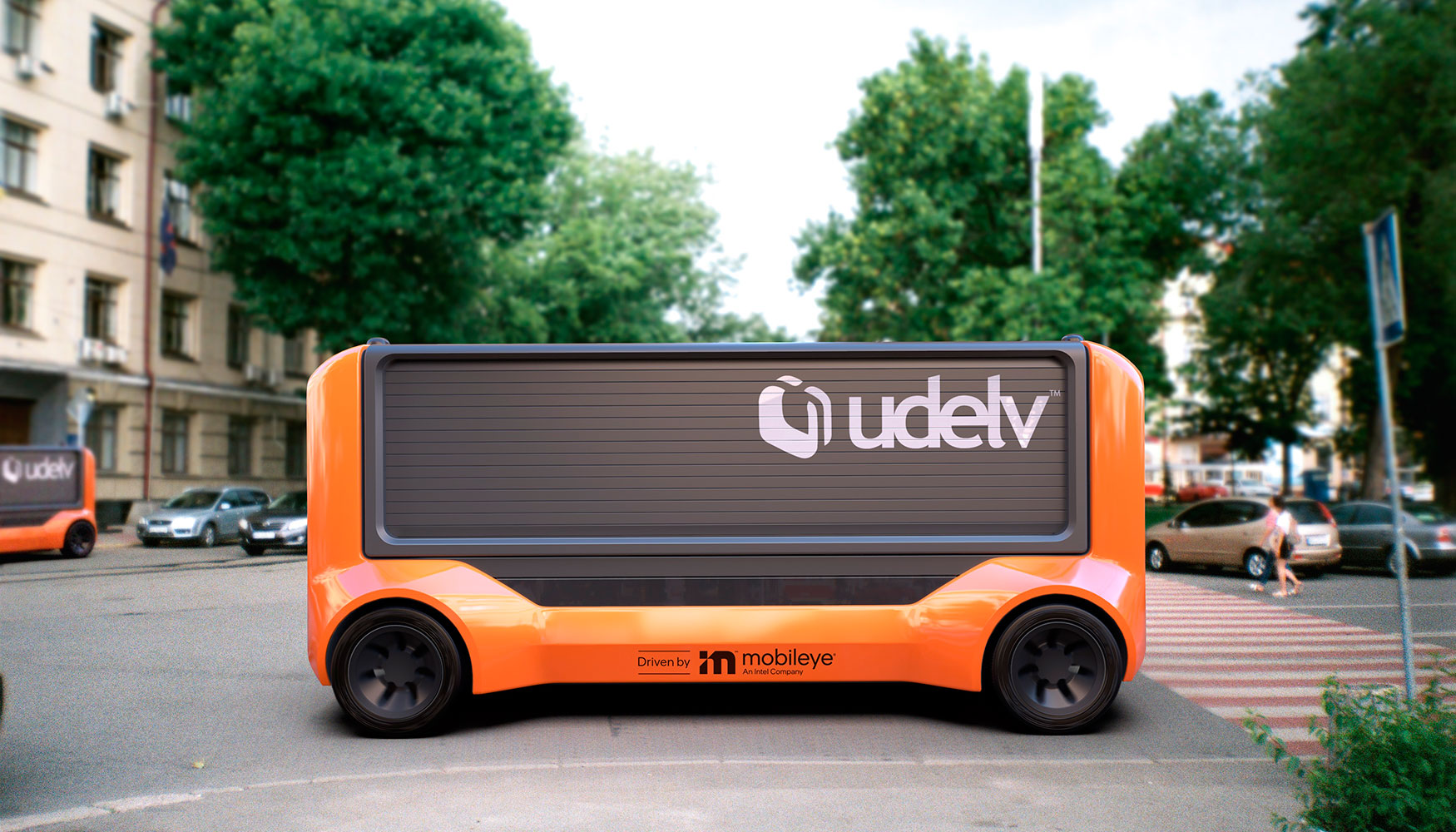Move2CCAM Consolidated delivery services Use Case
This Use Case was co-created by citizens and organisations of the Move2CCAM project Satellites. Any information on this post is provided for research and informational purposes only and is not to be relied upon as a real-life implementation whatsoever.
Overview
Description: Autonomous delivery electric van will transport packages, items, or food items from several companies to those customers with mobility issues or located far from town/city centre.
Goal: Autonomous delivery vans aim to facilitate seamless, efficient, and environmentally-friendly transportation of packages, items, or food products from various companies. Specifically tailored to cater to the unique needs of individuals with mobility challenges and those residing at considerable distances from the urban core, the service bridges accessibility gaps. By harnessing autonomous technology, it promises timely and reliable deliveries, ensuring that geographical constraints or physical limitations don't hinder access to essential goods and services.
Co-created by: Citizens and organisations in the United Kingdom.
Potential business model
- Revenue stream: Revenue generation depends on whether the user would like to own the vehicle. If so, then vehicle providers in the UK and Poland will earn revenue through selling or renting the vehicle.
Otherwise, revenue in both countries is generated through two ways:
1. An annual membership to gain access to the service and then payments for each delivery.
2. A flat rate and then surcharge when going above a certain threshold of usage - Users/customers: All citizens
Photo credit: Udelv
Move2CCAM is funded by the European Union. Views and opinions expressed are however those of the author(s) only and do not necessarily reflect those of the European Union or CINEA. Neither the European Union nor the granting authority can be held responsible for them.
